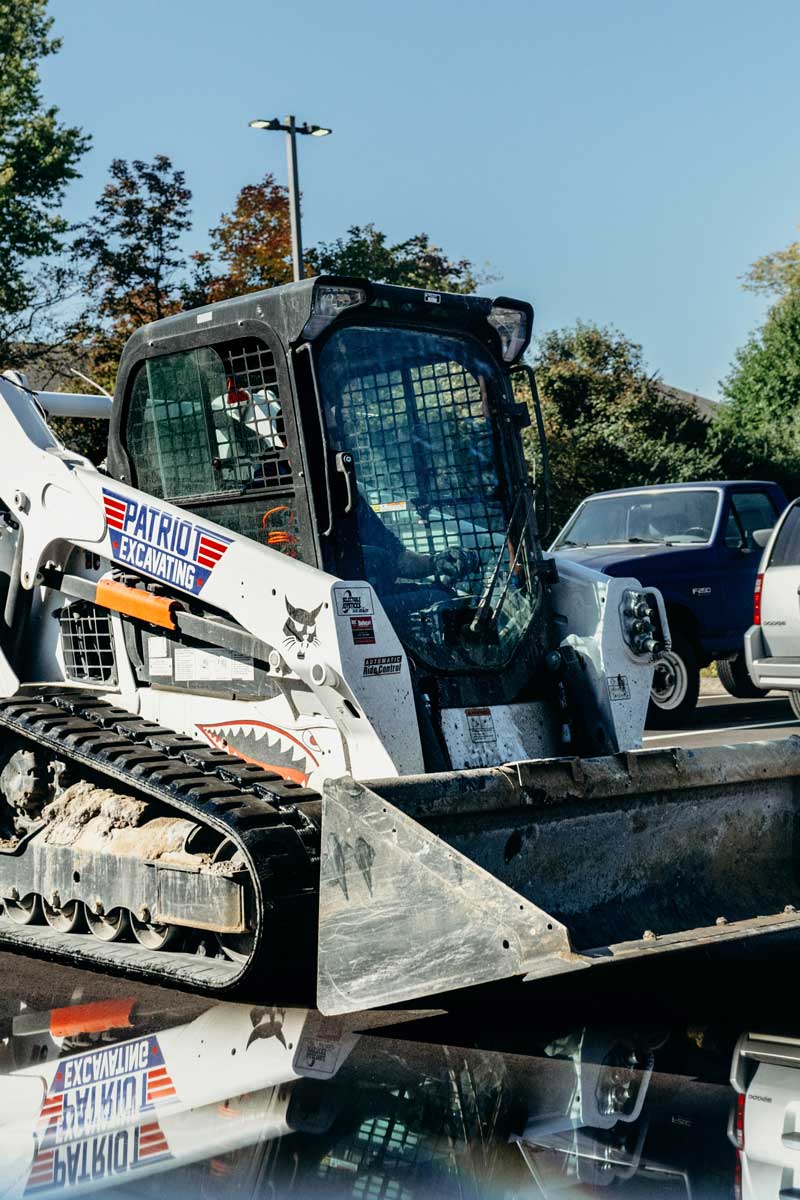Excavation Safety: Protecting Your Worksite
Excavation is a critical component of many construction projects, but it also comes with significant risks. Ensuring the safety of your worksite during excavation is not just a legal obligation but also a moral one. Accidents can lead to severe injuries, project delays, and costly fines. This article provides essential excavation safety tips to help you protect your worksite and your workers.
The Importance of Excavation Safety
Excavation work involves digging, trenching, and removing earth to create space for foundations, utilities, and other construction elements. However, the process can be hazardous if not managed correctly. Understanding the importance of excavation safety is the first step in preventing accidents and ensuring a smooth project timeline.
Common Excavation Hazards
Excavation work presents several hazards that can lead to accidents, including:
- Cave-ins: The most common and deadly hazard in excavation work.
- Falls: Workers can fall into trenches or excavation sites.
- Falling Loads: Materials and equipment can fall into the excavation site.
- Hazardous Atmospheres: Toxic gases or lack of oxygen can pose serious risks.
- Utility Strikes: Hitting underground utilities like gas lines can lead to explosions or other dangers.
Understanding these hazards is crucial for implementing effective safety measures.
Best Practices for Excavation Safety
To protect your worksite, it’s essential to follow best practices for excavation safety. These practices not only reduce the risk of accidents but also ensure compliance with OSHA regulations.
Conduct a Site Assessment
Before starting any excavation work, conduct a thorough site assessment. This step is crucial for identifying potential hazards and planning your excavation strategy.
Identify Underground Utilities
One of the first steps in a site assessment is to identify any underground utilities. Contact local utility companies to mark the location of gas lines, water pipes, and electrical cables. Striking a utility line can have catastrophic consequences, so this step is non-negotiable.
Assess Soil Conditions
Soil type and condition play a significant role in excavation safety. Different soil types have varying levels of stability, and some may require additional support to prevent cave-ins. Conduct soil tests to determine the type and stability of the soil before starting excavation.
Implement Protective Systems
Protective systems are essential for preventing cave-ins and other excavation-related accidents. These systems include:
- Shoring: Supports the walls of the excavation to prevent collapse.
- Shielding: Uses trench boxes or other supports to protect workers from cave-ins.
- Sloping: Involves cutting the trench walls at an angle to reduce the risk of collapse.
Choose the appropriate protective system based on the depth of the excavation and the type of soil.
Ensure Proper Training and Supervision
Even with the best protective systems in place, accidents can still happen if workers are not properly trained. Ensure that all workers involved in excavation are trained in safety protocols and understand the risks associated with the job.
Appoint a Competent Person
OSHA requires that a “competent person” be present on-site during excavation work. This individual should have the authority to stop work if unsafe conditions are identified and should be knowledgeable about excavation safety standards.
Conduct Regular Safety Meetings
Regular safety meetings are essential for keeping safety top of mind. Use these meetings to review safety protocols, discuss any incidents or near-misses, and provide additional training as needed.
Emergency Preparedness and Response
Despite all precautions, emergencies can still occur. Being prepared for emergencies is a critical aspect of excavation safety.
Develop an Emergency Response Plan
An emergency response plan should outline the steps to take in the event of an accident, such as a cave-in or utility strike. This plan should include:
- Emergency Contact Information: List of emergency contacts, including local authorities and medical services.
- Evacuation Procedures: Clear instructions on how to evacuate the site safely.
- First Aid Kits: Ensure that first aid kits are readily available and that workers know how to use them.
Conduct Emergency Drills
Regular emergency drills help ensure that all workers know what to do in the event of an emergency. These drills should simulate different types of emergencies, such as a cave-in or a hazardous atmosphere, to prepare workers for various scenarios.
Conclusion: Prioritize Excavation Safety
Excavation safety is not something to take lightly. By following best practices, conducting thorough site assessments, implementing protective systems, and ensuring proper training and emergency preparedness, you can significantly reduce the risk of accidents on your worksite.
For more information on excavation safety and to ensure your project is compliant with all safety regulations, today. Our team of experts is here to help you navigate the complexities of excavation work and ensure a safe and successful project.



